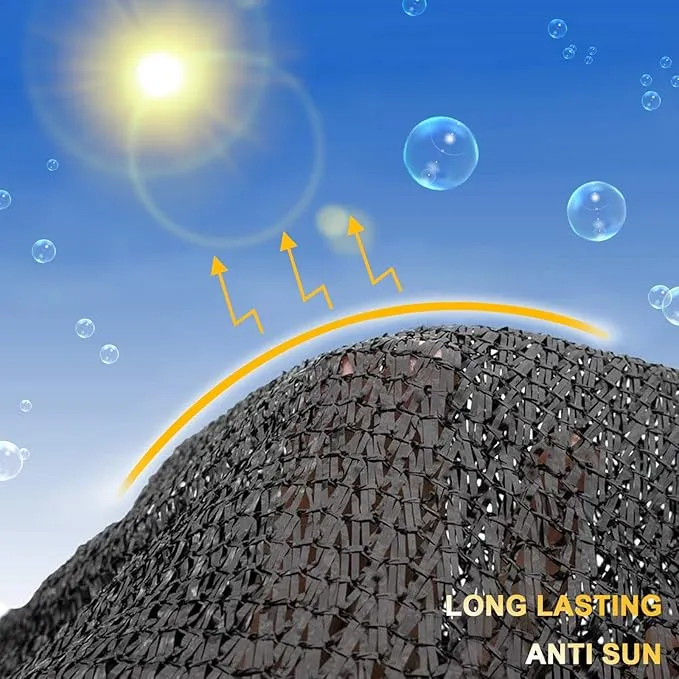-
 Afrikaans
Afrikaans -
 Albanian
Albanian -
 Amharic
Amharic -
 Arabic
Arabic -
 Armenian
Armenian -
 Azerbaijani
Azerbaijani -
 Basque
Basque -
 Belarusian
Belarusian -
 Bengali
Bengali -
 Bosnian
Bosnian -
 Bulgarian
Bulgarian -
 Catalan
Catalan -
 Cebuano
Cebuano -
 China
China -
 Corsican
Corsican -
 Croatian
Croatian -
 Czech
Czech -
 Danish
Danish -
 Dutch
Dutch -
 English
English -
 Esperanto
Esperanto -
 Estonian
Estonian -
 Finnish
Finnish -
 French
French -
 Frisian
Frisian -
 Galician
Galician -
 Georgian
Georgian -
 German
German -
 Greek
Greek -
 Gujarati
Gujarati -
 Haitian Creole
Haitian Creole -
 hausa
hausa -
 hawaiian
hawaiian -
 Hebrew
Hebrew -
 Hindi
Hindi -
 Miao
Miao -
 Hungarian
Hungarian -
 Icelandic
Icelandic -
 igbo
igbo -
 Indonesian
Indonesian -
 irish
irish -
 Italian
Italian -
 Japanese
Japanese -
 Javanese
Javanese -
 Kannada
Kannada -
 kazakh
kazakh -
 Khmer
Khmer -
 Rwandese
Rwandese -
 Korean
Korean -
 Kurdish
Kurdish -
 Kyrgyz
Kyrgyz -
 Lao
Lao -
 Latin
Latin -
 Latvian
Latvian -
 Lithuanian
Lithuanian -
 Luxembourgish
Luxembourgish -
 Macedonian
Macedonian -
 Malgashi
Malgashi -
 Malay
Malay -
 Malayalam
Malayalam -
 Maltese
Maltese -
 Maori
Maori -
 Marathi
Marathi -
 Mongolian
Mongolian -
 Myanmar
Myanmar -
 Nepali
Nepali -
 Norwegian
Norwegian -
 Norwegian
Norwegian -
 Occitan
Occitan -
 Pashto
Pashto -
 Persian
Persian -
 Polish
Polish -
 Portuguese
Portuguese -
 Punjabi
Punjabi -
 Romanian
Romanian -
 Russian
Russian -
 Samoan
Samoan -
 Scottish Gaelic
Scottish Gaelic -
 Serbian
Serbian -
 Sesotho
Sesotho -
 Shona
Shona -
 Sindhi
Sindhi -
 Sinhala
Sinhala -
 Slovak
Slovak -
 Slovenian
Slovenian -
 Somali
Somali -
 Spanish
Spanish -
 Sundanese
Sundanese -
 Swahili
Swahili -
 Swedish
Swedish -
 Tagalog
Tagalog -
 Tajik
Tajik -
 Tamil
Tamil -
 Tatar
Tatar -
 Telugu
Telugu -
 Thai
Thai -
 Turkish
Turkish -
 Turkmen
Turkmen -
 Ukrainian
Ukrainian -
 Urdu
Urdu -
 Uighur
Uighur -
 Uzbek
Uzbek -
 Vietnamese
Vietnamese -
 Welsh
Welsh -
 Bantu
Bantu -
 Yiddish
Yiddish -
 Yoruba
Yoruba -
 Zulu
Zulu
building netting
Building Netting A Sustainable Approach to Modern Construction
Building netting, an innovative and eco-friendly approach within the construction industry, has gained traction in recent years as developers and architects seek sustainable solutions. The concept revolves around using net-like materials and systems to support various construction activities—ranging from scaffolding to providing protection during building renovations. This article examines the significance, applications, and benefits of building netting, highlighting its role in reshaping modern construction practices.
What is Building Netting?
Building netting refers to the use of net-like structures made from durable materials, such as polyethylene or nylon, designed to provide safety, stability, and environmental protection during construction processes. These nets serve multiple functions, including safeguarding workers from potential hazards, containing debris, and reducing the ecological footprint of construction projects. Their versatility makes them applicable in various scenarios, from urban high-rises to rural infrastructure developments.
Applications of Building Netting
1. Scaffolding and Support Systems Building netting can act as a critical reinforcement structure in scaffolding systems, ensuring that workers have a secure platform. It helps in keeping tools and materials from falling, thus enhancing on-site safety. This feature is particularly vital in tall structures or complex architecture where the risk of accidents is heightened.
2. Debris Containment During construction and demolition, it is common for debris to scatter, posing risks to both workers and the surrounding community. Building netting effectively contains debris, minimizing the potential for injury and environmental damage. This containment is especially important in urban settings, where safety regulations are stringent.
3. Environmental Protection Building netting contributes to environmental sustainability by preventing dust and pollutants from entering the atmosphere. Many nets are designed to filter particulates, ensuring cleaner air quality in construction zones. Furthermore, they facilitate compliance with local environmental regulations, which increasingly emphasize reducing the ecological impact of construction practices.
building netting

4. Temporary Shielding In addition to its primary functions, building netting can provide temporary shielding against weather elements. For example, during extreme weather conditions, netting can protect ongoing work from rain or wind, allowing construction to proceed with minimal interruptions.
Benefits of Building Netting
1. Enhanced Safety One of the principal advantages of building netting is the significant improvement in safety standards on construction sites. By securing materials and providing a barrier against falling objects, netting protects workers and passersby from potential injuries.
2. Cost-Effectiveness Utilizing netting can lead to lower overall project costs. The ability to prevent accidents reduces liability insurance costs, and containment of construction debris minimizes cleanup costs post-project. Moreover, the use of reusable netting materials can result in substantial savings over time.
3. Flexibility and Customization Building netting is available in various sizes and specifications, allowing for customization according to the specific needs of a project. This flexibility ensures that every construction site can benefit from tailored solutions that fit its unique challenges.
4. Promotion of Sustainable Practices As the construction industry increasingly shifts towards sustainability, building netting aligns perfectly with green building principles. By employing biodegradable or recycled materials, the use of netting supports a circular economy and helps in minimizing waste.
Conclusion
Building netting represents a significant advancement in the construction industry, merging safety, functionality, and environmental consciousness. By integrating netting into construction practices, developers can create safer working environments and contribute to sustainable building initiatives. As the demand for safe and eco-friendly construction methods continues to rise, building netting will undoubtedly play a crucial role in the future of construction, shaping a more responsible industry that prioritizes the well-being of its workers and the planet.
-
Shipping Plastic Bags for Every NeedNewsJul.24,2025
-
Safety Netting: Your Shield in ConstructionNewsJul.24,2025
-
Plastic Mesh Netting for Everyday UseNewsJul.24,2025
-
Nylon Netting for Every UseNewsJul.24,2025
-
Mesh Breeder Box for Fish TanksNewsJul.24,2025
-
Expanded Steel Mesh Offers Durable VersatilityNewsJul.24,2025











